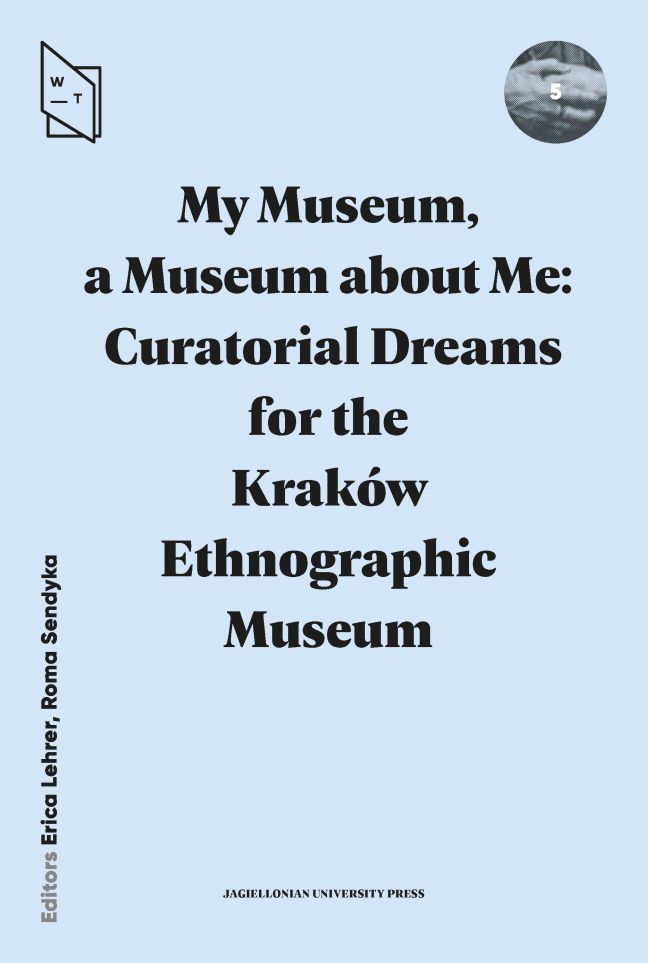Deconstructing the “I” in the Museum: Eye to Eye with Personal History
Published online by Cambridge University Press: 01 March 2024
Summary
In the course of working on the intervention, I found the cloakroom to be a particularly suggestive space, though I must confess that initially I treated it as a theoretical preamble to the further portions of the intervention. It was only while working with this space that I recognized it as a key location, a site where everything begins, and thus I felt that the responsibility to engage the audience and open them up to a new kind of experience rested on my shoulders.
I tried to interpret the meaning of this space in a multi-dimensional way. Of course, a cloakroom is a place where clothing is removed and left for storage during one's visit in the museum. But the very gesture of removing one's outer layer can also be understood as a moment of unburdening—casting off a mask, a weight, or even an identity and social role. What is interesting is that this gesture of exposure is visible throughout the intervention, in that the curator's actions laid bare intimate spheres of life (customs, culture, tradition, clothing), and demystified familiar environments (house, school, kitchen). Thus, the cloakroom seemed to be an essential threshold, and the key to understanding the rest of the museum. In addition, it was a liminal space both connecting and separating “outside” from “inside,” and so a place to confront the scale and specifics of the problem we hoped to highlight in our work.
Stimulating me to think about the concept of this space was the the Ethnographic Museum's slogan: “My museum, a museum about me.” I began to reflect on whether what I encountered here was indeed my own heritage. Do I agree with the narrative the museum offered? These questions prompted me to focused even more on the way we wished to invite our guests into dialogue with the institution, our group of intervening curators, and, most importantly, with their own history. In the terms offered by Piotr Piotrkowski, we wanted to turn the museum into a space of public debate—a “critical museum.” Charles Taylor, author of The Sources of the Self, writes:
My self-definition is understood as an answer to the question Who am I?. And this question finds its original sense in the interchange of speakers.
- Type
- Chapter
- Information
- My Museum, a Museum about MeCuratorial Dreams for the Kraków Ethnographic Museum, pp. 143 - 150Publisher: Jagiellonian University PressPrint publication year: 2023



